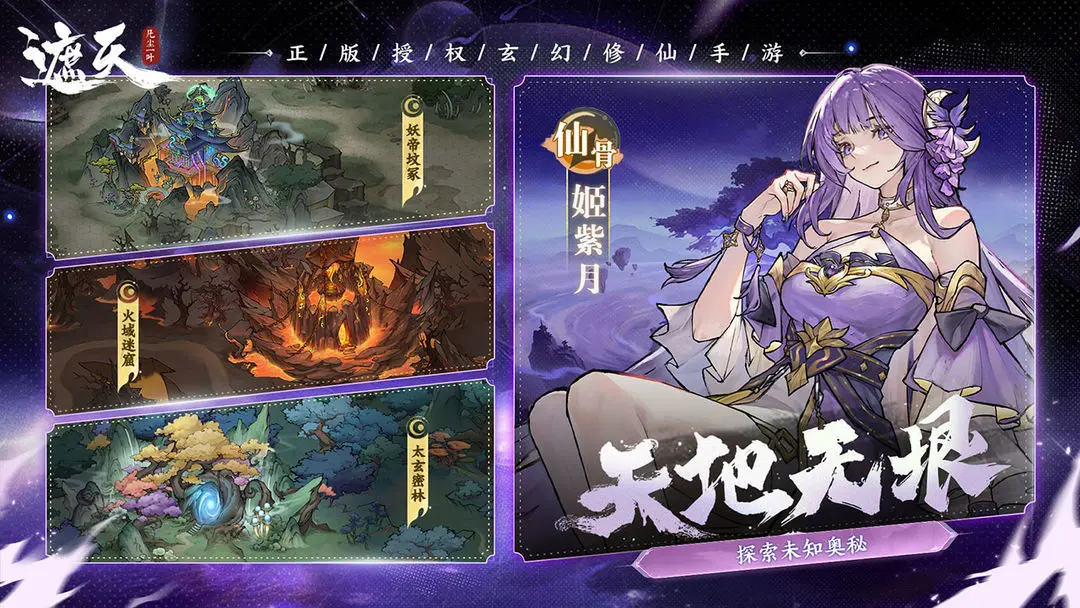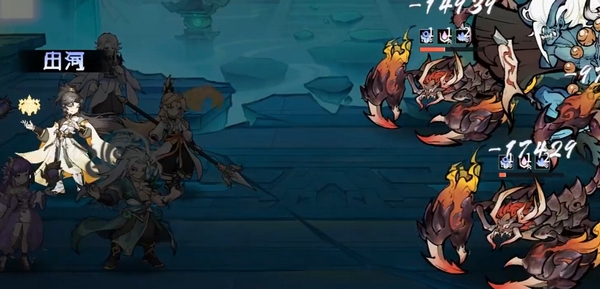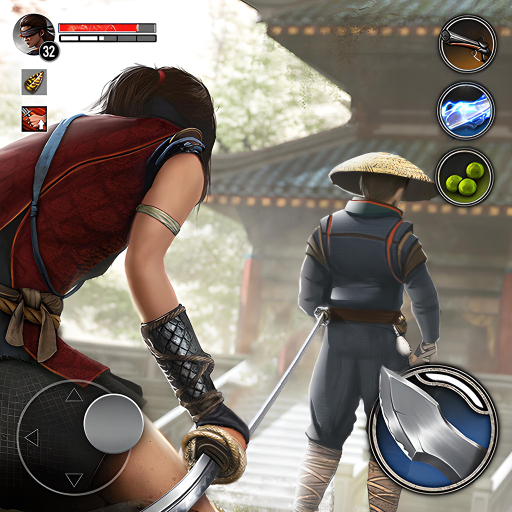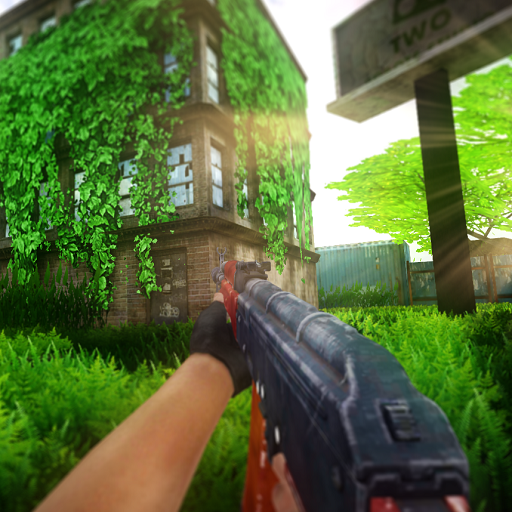Today, I'm here to introduce the gameplay of the Seven Stars Chess in Jianghu 2. The Seven Stars Chess, as a unique feature that blends strategy and puzzle-solving, combines the wisdom of chess with the experiences of the martial world, presenting intellectual contests that test one's thinking. The unique rule design and the integration of the wuxia background make each chess challenge a distinctive experience in the martial world. From the initial state shrouded in mist to the final completion with clear paths, the whole process is filled with the joy of exploration and reasoning. Let's take a closer look together.
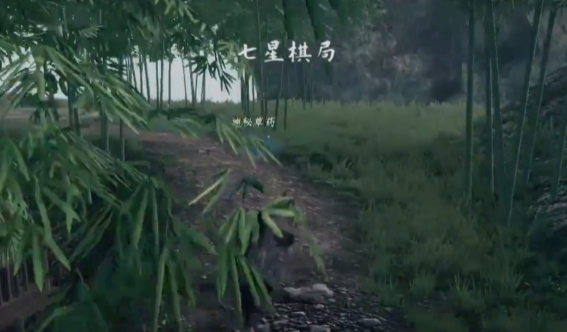
To unlock the Seven Stars Chess, players need to complete specific stages of the main storyline. Typically, after key missions in Yunhe Village are concluded and the character has accumulated certain experiences in the martial world, the unlocking conditions will be met. At this point, players can find the entry to the chess through a special marker on the world map or by accepting guidance quests from specific NPCs, following clues to areas like Yaoguang Valley where the chess is hidden.
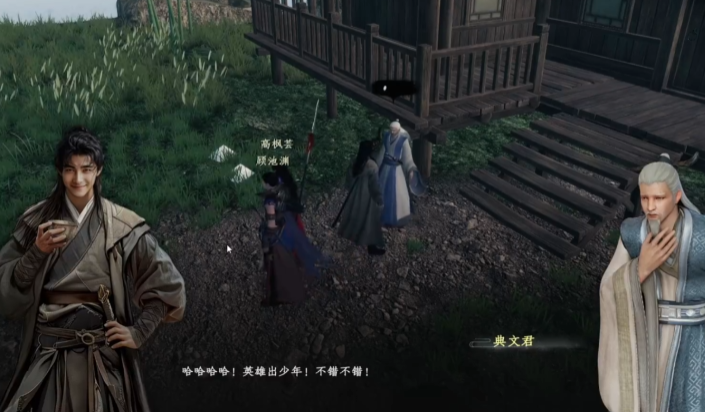
The chess board is based on a 9x9 grid, with the functions and layout of the squares forming the core elements of the puzzle. Sun squares act like lamps in the fog, clearing the unknown area around them with a single action, quickly outlining the local chessboard for the player, serving as a crucial aid in early exploration. Moon squares are the hub of the entire chess, fixed in position and immovable, with all pathways needing to connect through them, much like the North Star surrounded by the Big Dipper, resonating with the meaning behind the name of the chess. The two-mouthed squares at the edges have strict placement restrictions, only allowing horizontal arrangement, which often becomes a critical node in strategic planning when the path extends to the edge of the board.
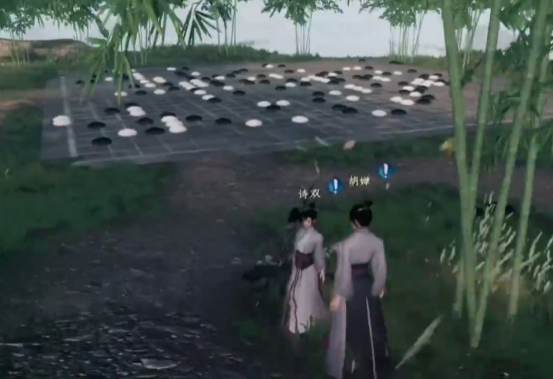
The core goal is to light up all the squares and then, through rotation, form a complete, unbroken pathway within the chessboard. Strategy application runs throughout the process; starting from the edges is a relatively safe approach. By utilizing the horizontal characteristics of the two-mouthed squares to determine the initial connection direction, and then gradually expanding along the radiation range of the moon square, the existence of cross squares often indicates multiple connection requirements. Players need to observe the shapes of the surrounding squares, predict the connection possibilities after rotation, and avoid blocking subsequent pathways due to a single mistake. The lighting function of sun squares should be used appropriately; using it too early may waste moves due to limited vision, while using it too late might miss the optimal path due to fog obstruction. Players must find a balance between exploration progress and operational efficiency.
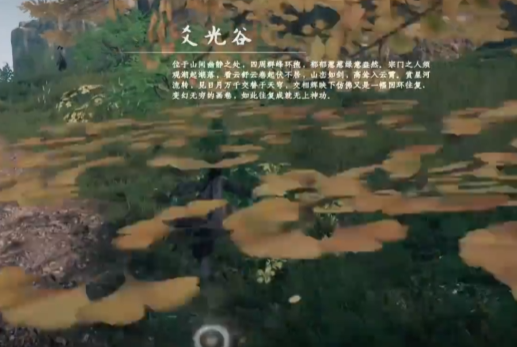
The introduction to the gameplay of the Seven Stars Chess in Jianghu 2 is now complete. With its unique rule design and strategic depth, the Seven Stars Chess stands out as one of the most recognizable features in Jianghu 2. Through each puzzle, players not only experience the charm of chess wisdom but also enhance their own strength through rewards.
